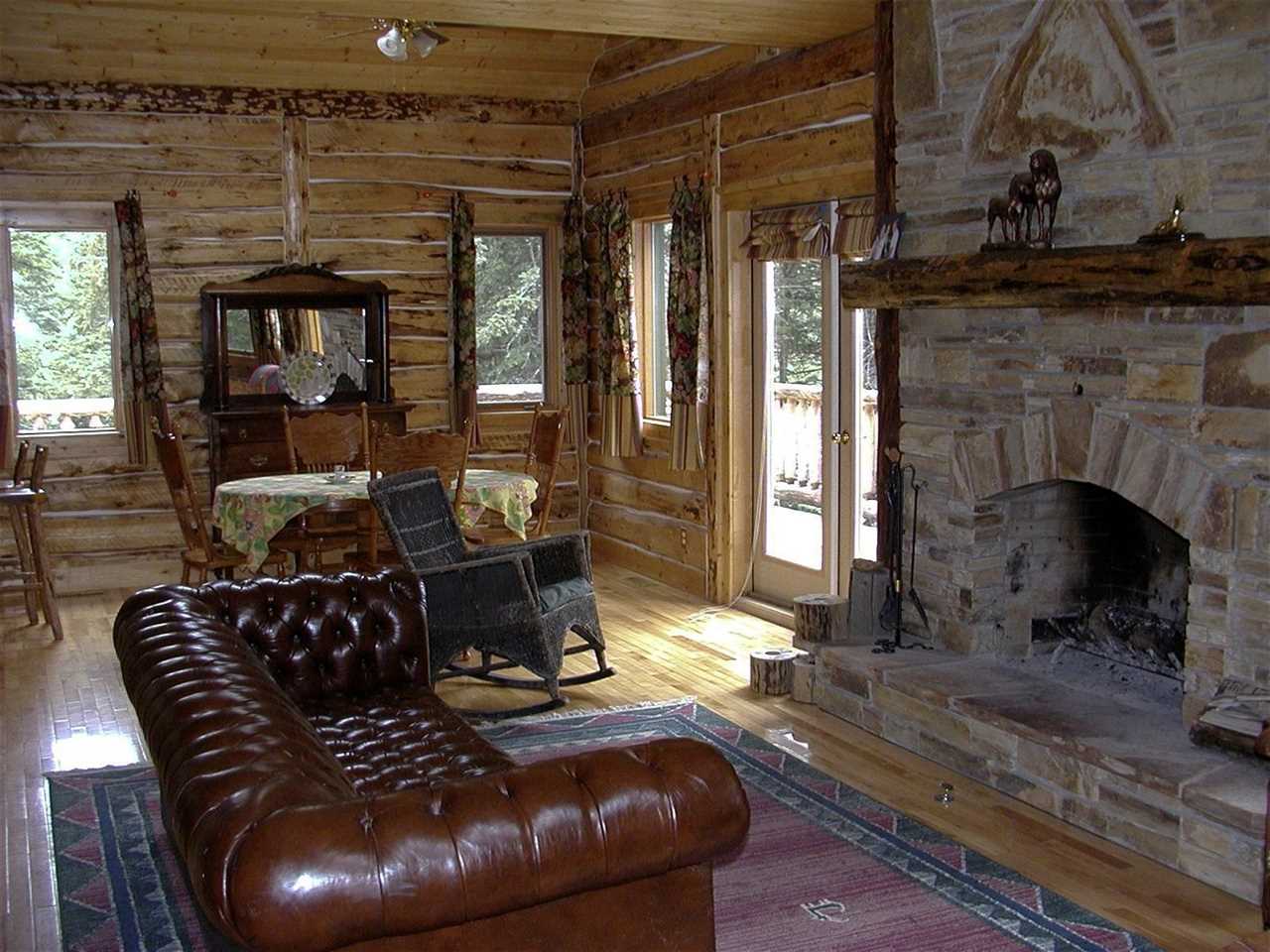Did you know that there are almost 350 million real Christmas trees grown on 350,000 of tree farms across the U.S.? (Fun fact: the top tree producing states are Oregon, North Carolina, Michigan, Pennsylvania, Wisconsin and Washington.) And for every tree that’s harvested, up to three seedlings are planted the following spring to continue the production cycle and ensure new trees are cultivated. However, that’s also a lot of Christmas tree recycling that needs to happen.
If you’re someone who has opted for a real tree this year, you might be wondering what are some of the best, most environmentally sound ways you can dispose of your tree now that Christmas has come and gone.
Below, we’ve rounded up some of the top, most environmentally friendly options for you.
1. Look for a local “MulchFest” for Your Christmas Tree Recycling
In many areas, like New York, there are multiple stations that participate in a MulchFest. It is an operation that can convert old Christmas trees into usable mulch. The city even has a pick-up service to make Christmas tree recycling even easier.
It is a tremendous opportunity to recycle the tree as well as help contribute to the beautification of the area. New York City uses the wood chips to add green spaces within the city. In 2022, over 50,000 Christmas trees were processed in NYC. The city is gearing up for a major drive on Jan. 7 with each donation coming with a returned bag of useable mulch for a street-tree.
“Put on your boots and haul your tree to a Mulchfest location,” the Parks & Rec website reads. “We’ll chip your tree into wood chips that we’ll use to nourish trees and make NYC even greener.”
And if you can do it yourself, your recycled mulch can be a great addition to your garden or other landscaping projects around the home.
2. Upcycle Your Christmas Tree and Help Give A Gift To A Lake Near You
Looking to upcycle? You can done your Christmas tree as a present to fish. TrackerBoats.com has a great resource page on how this process can work to your benefit, too.
“What better Christmas present could there be than a new home? Not much if you are a bass, crappie or bluegill,” it reads. “Once submerged, the tree trunks and branches become a nursery for small warm water fish. Those fish attract larger, catchable fish that congregate in the area looking for an easy meal. Plus, you will have a secret spot to call your own.”
The site goes into the key factors on Why to Sink a Tree, What You Need to Get Started, as well as Regulation Recommendations.
Many states in the south are even asking the public to donate their trees specifically for fish habitats. Missouri Department of Conservation Fisheries Management issued a statement on the very subject.
“Much like we as humans need a home, fish also need to have shelter so that they can rest, feed, and hunt,” Biologist John Schulte said in the release. “With this cover new generations of fish are more or less likely to be eaten, which can potentially help support the fishery,… quality fishing opportunities for our anglers now and in the future.”
3. Keep the Christmas Scents Around Through the Winter
Fallen pine needles can retain their scent for months. So, if you really love the smell of a fresh tree, you can collect the pine needles, or strip them off your tree before removing it from your home. Gather up the needles into cloth sacks or paper bags (recycled lunch bags are a great option here), and package them up through your home. It’ll smell like Christmas, long after the last carol of the season plays.
And if you’re feeling extra crafty after the holidays, you could always use some of the wood as crafting material to create ornaments for next year. There are some more great ideas on how to use your tree to craft in this post from Today’s Homeowner.

However, Do Not Put Your Real Tree In Your Fireplace
Perhaps the Christmas tree recycling option that seems the most obvious is throwing it in the bonfire. However, it is not advisable to burn your tree in your backyard fire pit, and definitely not in your indoor woodburning stove or fireplace. Why? Coniferous needles have high levels of nitrogen and terpene, which is highly toxic when burned. Additionally, there’s plenty of creosote which will create a sticky surface in your fireplace. So, it all adds up to not a great idea. Instead, it’s recommended to follow the other suggestions on the list to ensure a safer recycling of your tree.
The post Christmas Tree Recycling: 3 Great Eco-Friendly Tips For Your Real Tree appeared first on Outdoors with Bear Grylls.
https://outdoors.com/christmas-tree-recycling/
 CampingSurvivalistHuntingFishingExploringHikingPrivacy PolicyTerms And Conditions
CampingSurvivalistHuntingFishingExploringHikingPrivacy PolicyTerms And Conditions
